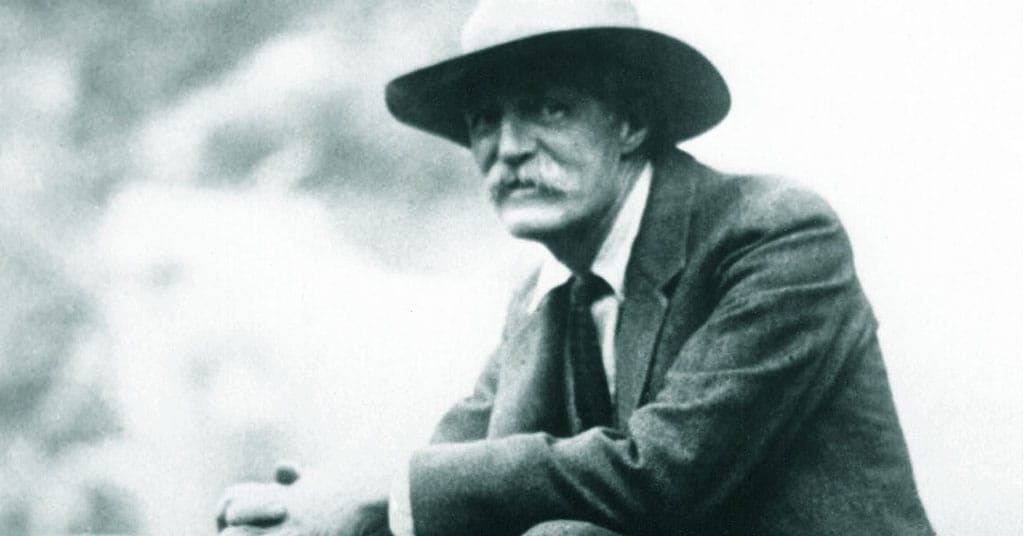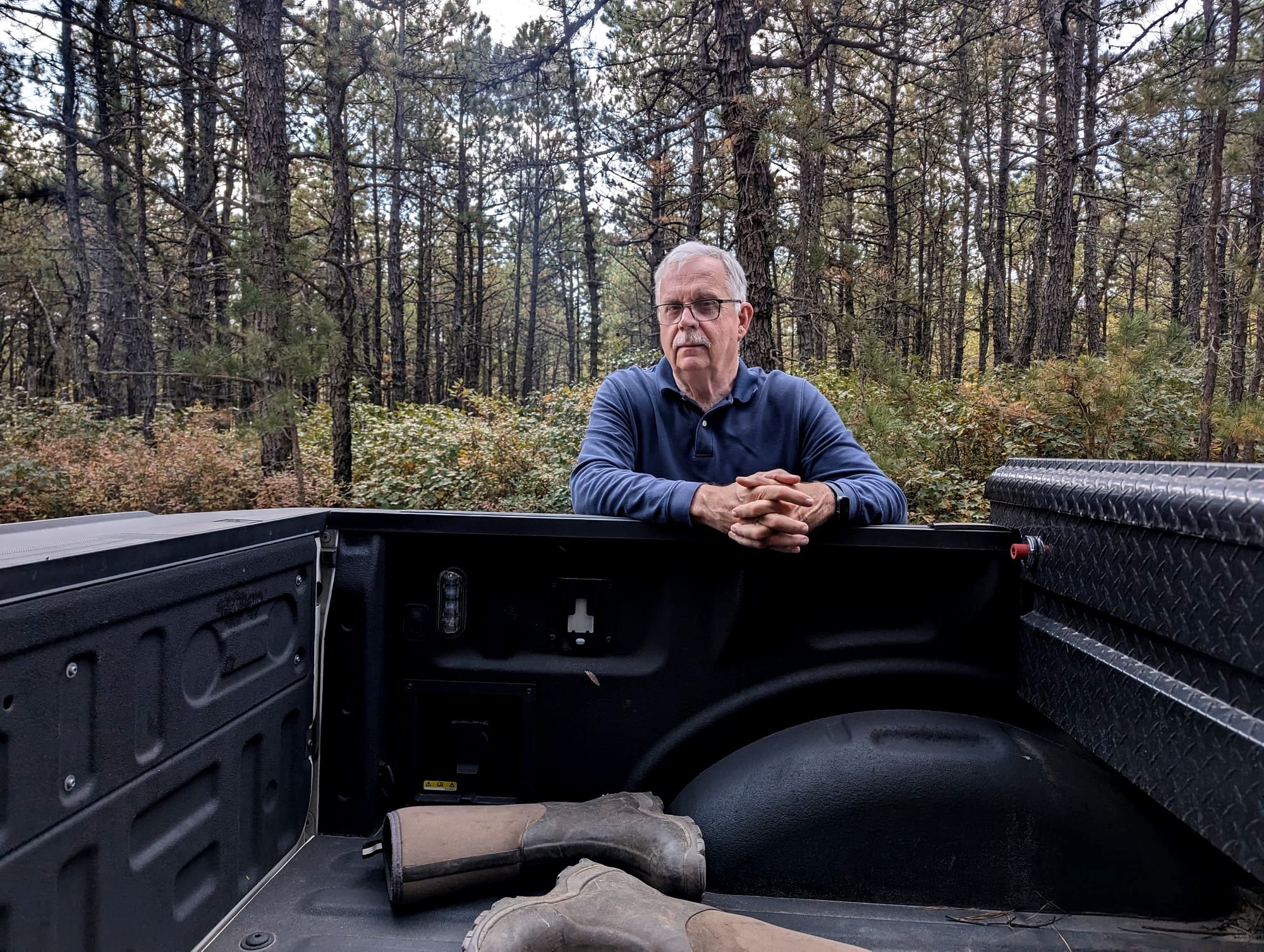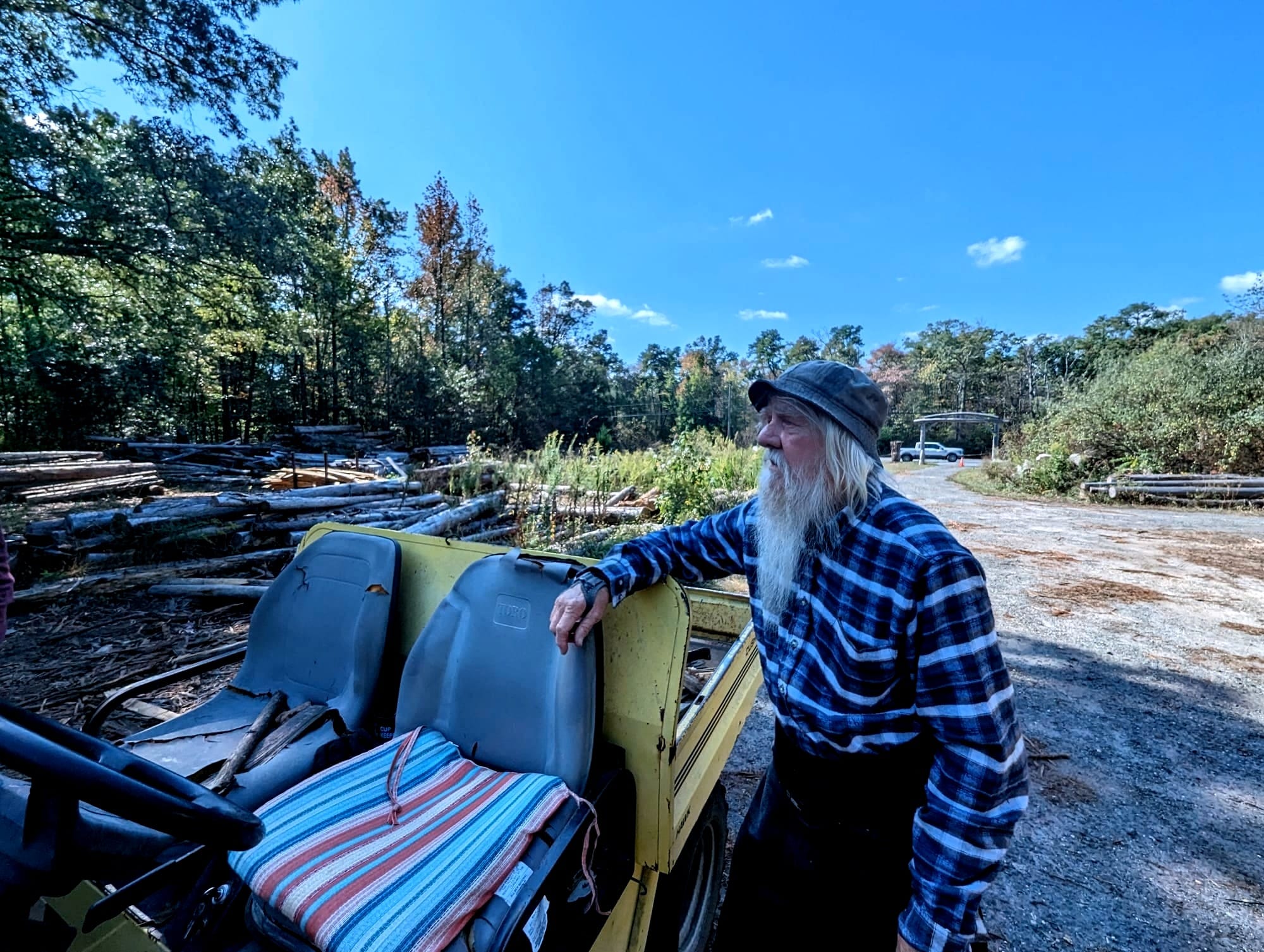The Death of the Forest Service
Utah Senator Mike Lee Wants to Kill the U.S. Forest Service We understand Senator Mike Lee’s anger over

A potential donor called us last week to ask, “where we had been and where we were headed.”
He explained that the “been” part had to do with content – the kinds of stories he might find on our website and the “where we were headed” had to do with what we saw on forestry’s horizon.
Based on analytics – we know that our forestry-related website holds more content than you will find on any other forestry website in the world.
We attribute this to the fact that we have been posting content on our website since April 30, 1993, the first day the World Wide Web was widely available. By then, we had seven years of content under our belts.
Much of our early content was centered on the spotted owl wars, its listing in June, 1990 and the subsequent collapse of the federal timber sale program in the West's publicly-owned National Forests. The issue was largely political and it evolved into the ever worsening wildfire pandemic we see in the West today.
The greatest lesson these events teach is that if fuels – woody biomass – aren’t managed the result is a combination of insect and disease infestation and wildfires. The only time-tested and proven avoidance mechanism is thinning and prescribed burning in that order. States, private landowners and Indian tribes that own forestland do it annually. The U.S. Forest Service rarely does it – again for political reasons – though we are seeing signs of improvement.
We’ve also dug deeply into the history of forest conservation in the United States. Felt Necessities, a multi-part essay tracing the history of the conservation movement in the United States, is posted on our website. It began with Man and Nature, written and published in 1864 by George Perkins Marsh. His still remarkable book inspired a conservation uprising that led to the creation of the West’s first National Forests and the 1905 creation of the U.S. Forest Service whose first chief, Gifford Pinchot, is still an inspiration for many foresters.

Pinchot personally laid out the first timber sale the federal government ever sold. It was purchased in 1899 by South Dakota’s Homestake Mining Company. In his one and only book, Breaking New Ground, published in 1998 by Island Press, Pinchot described his unwavering belief in the importance of managing natural resources.
"Without natural resources life itself is impossible. From birth to death, natural resources, transformed for human use, feed, clothe, shelter, and transport us. Upon them we depend for every material necessity, comfort, convenience, and protection in our lives. Without abundant resources prosperity is out of reach."
Pinchot’s truth remains true today. If we don’t protect and manage our natural resources – soil, water, trees, rangelands, minerals and oil – we will lose them or lose access to them. This train has already left the station – but it is not too late to stop it. To do so, we must return to our conservation roots, shelving the mistaken notion that “nature knows best.”
We followed this story to New Jersey – the only forested state in the nation we have never visited in early October. It, too, has a significant and growing wildfire problem exacerbated by preservationist politics, drought and poor to non-existent management of pine and Atlantic White Cedar forests owned by the State of New Jersey.
Westerners will immediately recognize the roots of this problem.

Our host, long-time forester Bob Williams – toured us through some of the worst and the best managed forests we have ever seen in the New Jersey Pinelands Reserve, a 1.1 million acre tract that encompasses the largest remaining open space on the East Coast between Boston and Richmond, Virginia.
Atlantic White Cedar’s chemical and mechanical properties are almost identical to western red cedar. It’s a marvelous tree that was first used commercially to shingle roofs in Philadelphia in the 1700s. Benjamin Franklin fretted that it was being overcut.
Ship builders along the Delaware River used it extensively in the construction of three-masted schooners during the early years of the Industrial Revolution. There was so much demand for white cedar that “pineys,” early Pine Barrens settlers, dug fallen trees from peat bogs in which it has grown and re-seeded itself since the last Polar ice retreated some 10,000 years ago.
Historians in our readership will remember the Delaware River for a different reason. Emanuel Leutze’s inspiring painting of General George Washington and his troops crossing the Delaware under cover of darkness on the night of December 25-26, 1776.
Julia and I passed through the chaotic Trenton intersection where Washington and his army launched their surprise attack on Hessian troops that soon surrendered. It is surrounded by buildings.
I wonder if the small boat in which Washington rode across the Delaware was made from Atlantic White Cedar. Google says builders would have used “whatever was available.” That would have been oak, pine and white cedar, an exceptionally buoyant wood that lasts for hundreds of years.
Today, New Jersey’s white cedar is still used to make pram-like boats and other artisan-like items including beautiful duck decoys. It is processed by cedar mills no larger than the footprint of a three bedroom house.
These mills are mostly one-man operations that use circle saws to custom cut their logs for many specialized markets including homeowners who own historic houses within the Pine Barrens, but some as far south as Colonial Williamsburg.

“Piney” millowners come from many walks of life. Some grew up helping their fathers and grandfathers do it. But we interviewed one that had been a detective in Atlantic City. All of them share a common trait. They are too stubborn to quit in the face of baseless public criticism from preservationist organizations that believe it is a sin to cut down a tree – even if its dead.
Where have you heard this story before?
By the way, Bob Williams, our New Jersey host, will be one of the main speakers at the annual Forestry Forum at the Coeur d’ Alene Resort in February. I assure you, his presentation will be well worth the price of admission. When we were with him in New Jersey, he never stopped talking and I never stopped writing. Julia captured many photos as Bob toured us through his forests.
Our Evergreen Foundation report on the Pine Barrens will be available to purchase for a nominal fee to cover our printing, postage and handling costs. We are only printing 5,000 copies.
Bulk orders will receive a discount - with a yearly membership - paid in full. More on this as we get closer to the release date.
Evergreen is spreading its wings. We hope you’ll come along for the ride.
This post is public, so if you haven't subscribed - please do so - your support means we can continue to bring you the quality of content you have come to expect from Evergreen. Money still doesn't grow on trees...
Join us, you don't want to miss where we go next!
You 100% tax-deductible subscription allows us to continue providing science-based forestry information with the goal of ensuring healthy forests forever.